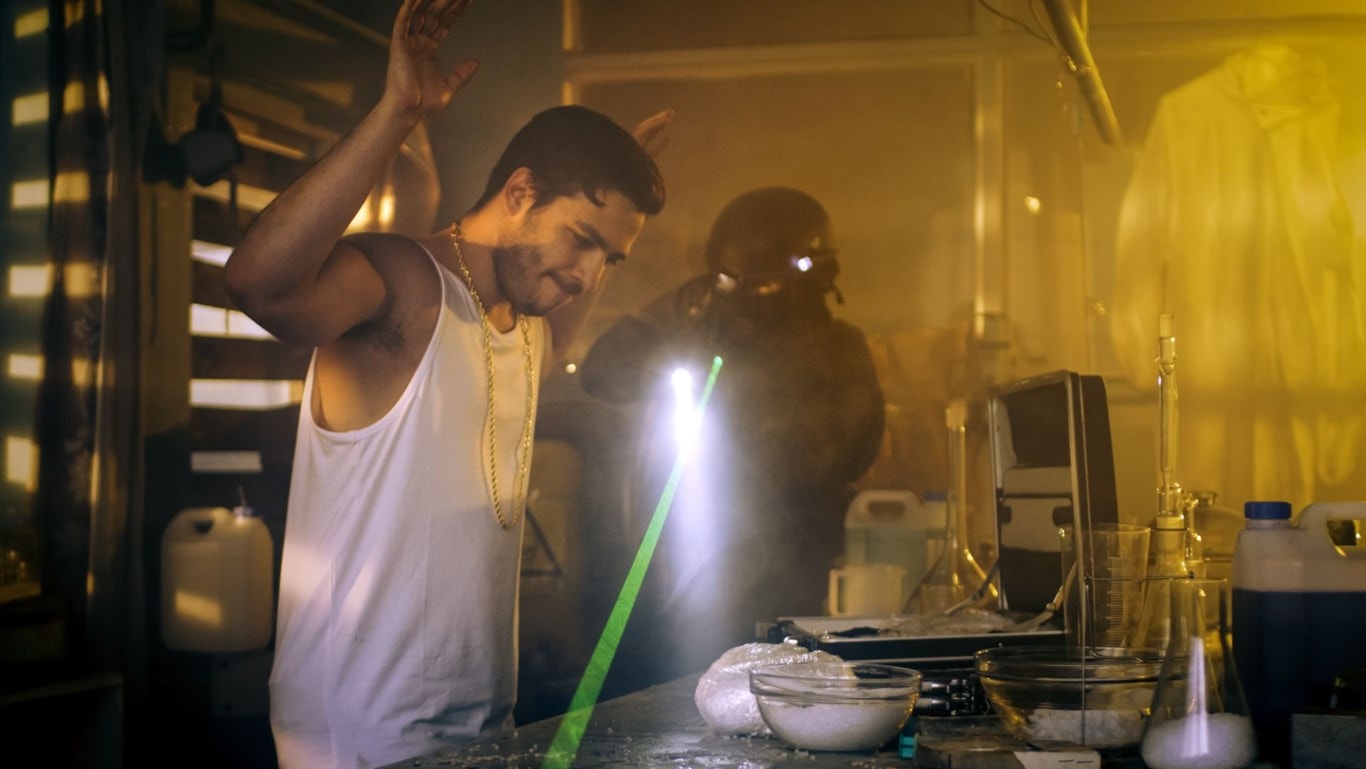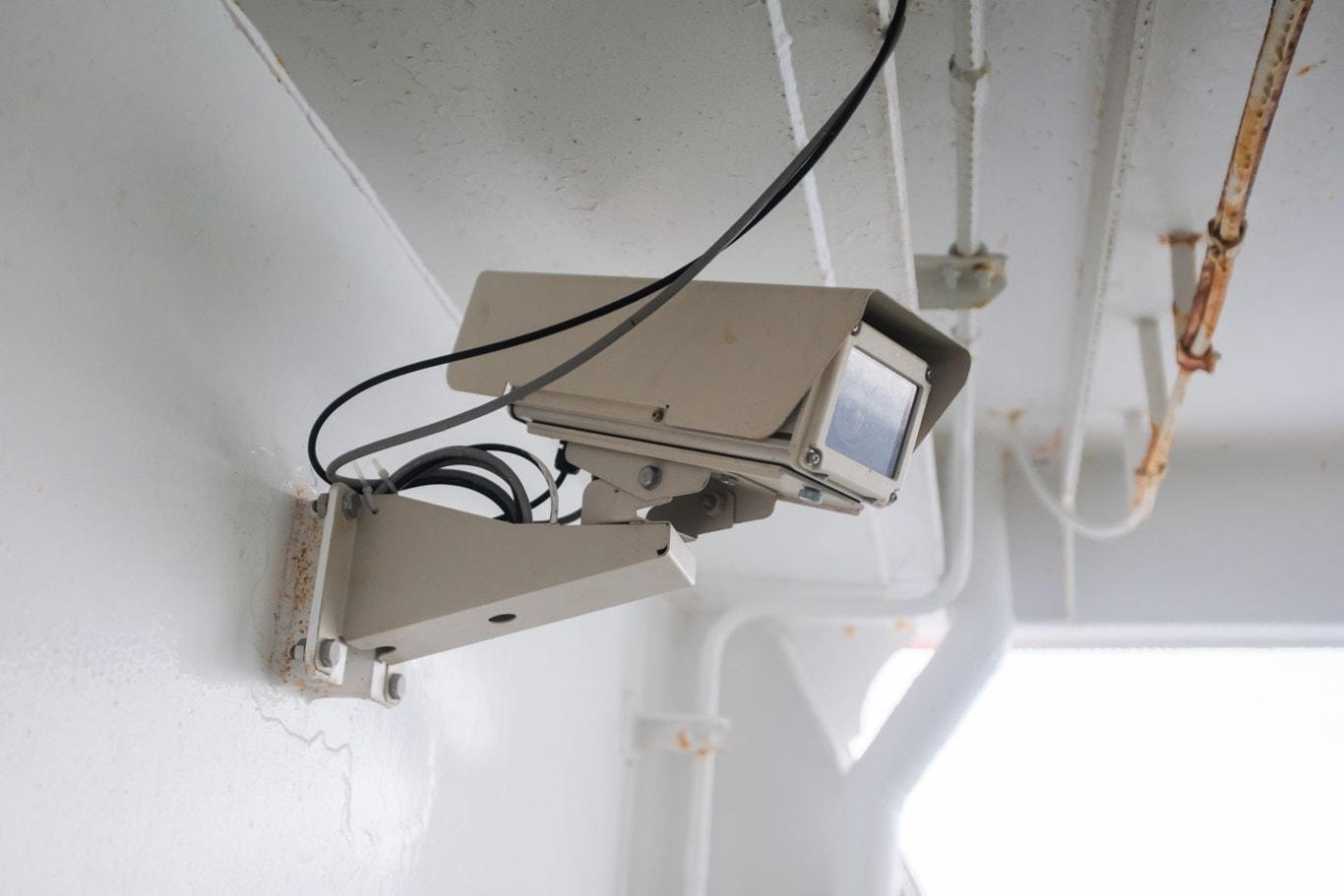South and Central America – Drug Smuggling
Drug smuggling from South and Central American countries has been a significant issue for several decades. The drug trade is a complex network of illegal activities involving narcotics production, transportation, and distribution. Despite the efforts of governments and international organisations to combat this illicit trade, drug cartels and criminal organisations continue to smuggle large quantities of drugs out of the continent. Drug smugglers often use the seas as one of their main means of transportation through the exploitation of commercial shipping.
Cocaine is the most popular drug smuggled from South America, and Colombia is the largest producer of cocaine in the world, accounting for approximately 60% of global production, as there is high demand for the drug in other parts of the world. The United States is the largest consumer of cocaine, with an estimated 5.5 million users. This high demand has created a massive market for drug traffickers, who are willing to risk their lives and the lives of others to supply the drug.
South and Central American governments have implemented various measures to combat drug smuggling, including drug enforcement agencies, anti-drug laws, and drug education campaigns. These measures have had some success in reducing drug production and transportation, but drug trafficking remains a major problem in the region.

As the trafficking of illegal drugs such as cocaine, heroin, methamphetamine and marijuana has been a long-standing issue in this region, it poses a significant risk to ships trading to the continent. Furthermore, drug smuggling is a significant challenge for maritime security, as drug traffickers use various tactics to smuggle illegal drugs to and from countries. The methods used by drug traffickers include the use of fishing boats and commercial cargo ships to transport drugs.
Safety concerns are one of the most immediate risks of drug smuggling. Drug traffickers often use violent and dangerous means to transport their products, which can put ships and their crews in harm's way. For example, drug smugglers may attempt to board a ship to hide their drugs or pursue a ship to retrieve drugs that have been confiscated. These actions can lead to confrontations with the crew, resulting in injuries or fatalities.
Drug trafficking organisations often use sophisticated methods and techniques to conceal their products, such as placing drugs in shipping containers or hiding them within the cargo or the ship's structure using false-bottomed tanks, concealed compartments, and modified containers. This can create safety hazards for the crew and pose a risk to the ship's integrity.
Another risk associated with drug smuggling activities is financial loss. When drugs are discovered on a ship, it can result in delays and additional expenses for the shipping company. The ship may be detained for inspection, resulting in lost time and revenue. Additionally, the ship may need to undergo a thorough cleaning and decontamination process and structural repairs, resulting in financial losses for the shipping company. Furthermore, if the ship is found to be involved in drug smuggling activities, it can face legal consequences and fines, which can result in significant financial losses for the company.
In addition to safety concerns and financial risks, drug smuggling activities from South and Central American countries can also have legal implications for ships trading to the continent. If a ship is found to be carrying illegal drugs, it can face legal action from countries’ authorities. This can result in fines, confiscation of the ship or cargo, and even imprisonment of the crew. Moreover, the shipping company may face legal consequences for its involvement in drug smuggling activities, which can damage its reputation and result in financial losses.
To mitigate the risks associated with drug smuggling activities, ships trading to South and Central America must take appropriate measures to ensure their safety and security at ports and onboard. This includes implementing and increasing strict security measures such as conducting thorough inspections of the ship itself and all the cargo and passengers onboard, using surveillance cameras, security personnel, divers and sniffer dogs to detect illegal drugs and monitoring the ship's movements to detect and deter any suspicious activities. Additionally, shipping companies should ensure that their crew members are trained on how to handle drug-related incidents, and they should establish protocols for responding to such situations.

Collaboration between law enforcement agencies and shipping companies is also essential to combat drug smuggling activities. For example, governments can potentially support shipping companies by providing information about high-risk areas and offering training on detecting and reporting suspicious activities.
- BRAZIL P&I - Smuggling of Illegal Narcotics in Brazilian Ports Circular 01/2023
- A&A MULTIPRIME - Colombia Drug Smuggling Report 2023
Furthermore, our local correspondent in Mexico (P&I Services (Mexico) SA de CV) has issued an alert concerning the recent sudden increase of narcotics-related incidents in Mexican East Coast Ports, which can be found in the link below;
Members requiring further guidance should contact the Loss Prevention Department.
